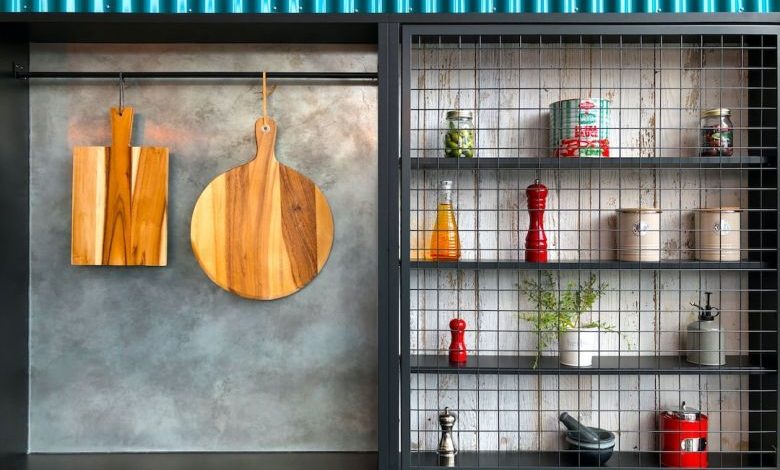How Can I Create an Efficient Kitchen Layout?

The kitchen is often considered the heart of the home, where meals are prepared and memories are made. It is a space that needs to be functional and efficient, allowing for easy movement and access to all the necessary tools and ingredients. Creating an efficient kitchen layout can make a significant difference in how smoothly your cooking and meal preparation process goes. In this article, we will explore some key tips and considerations for designing an efficient kitchen layout.
Maximizing Work Triangle Efficiency
One of the fundamental principles of kitchen design is the concept of the work triangle. The work triangle refers to the imaginary line connecting the three main work areas in the kitchen: the sink, the stove, and the refrigerator. To create an efficient kitchen layout, it is essential to ensure that these three areas are positioned in close proximity to each other, forming a work triangle that is neither too large nor too small.
The ideal work triangle should have a total distance of around 12 to 26 feet, with no obstruction in the middle. This allows for easy movement between the key areas, minimizing the time and effort required to perform various tasks. By optimizing the work triangle efficiency, you can significantly enhance the functionality of your kitchen.
Strategic Placement of Appliances and Storage
In addition to the work triangle, the placement of appliances and storage plays a crucial role in creating an efficient kitchen layout. Consider the flow of your cooking process and position the appliances accordingly. For instance, placing the dishwasher near the sink allows for easy transfer of dirty dishes, while locating the oven and microwave close to the preparation area enables quick access to heated food.
When it comes to storage, think about the items that you use most frequently and position them within arm’s reach. Utensils, cutting boards, and spices should be stored near the food preparation area, while pots, pans, and baking sheets can be placed near the stove. By strategically placing appliances and storage, you can minimize unnecessary movement and maximize efficiency in your kitchen.
Optimizing Counter Space
Counter space is a valuable asset in any kitchen, as it provides an area for meal preparation, appliance placement, and temporary storage. To create an efficient kitchen layout, it is important to optimize the available counter space. Avoid cluttering the countertops with unnecessary items and instead focus on keeping them clear and functional.
If you have limited counter space, consider installing additional countertops or utilizing portable kitchen islands. These additions can provide extra workspace, allowing you to perform multiple tasks simultaneously. By maximizing counter space, you can streamline your cooking process and make the most of your kitchen layout.
Ergonomic Considerations
Efficiency in the kitchen is not just about the layout; it also involves ergonomic considerations. An ergonomic kitchen design takes into account the comfort and safety of the individuals using the space. Pay attention to the height of countertops, ensuring that they are at a comfortable level for food preparation and cooking. Additionally, consider the placement of appliances, making sure that they are easily accessible without straining or bending over.
Furthermore, incorporating proper lighting in your kitchen can greatly enhance efficiency. Bright, task-specific lighting above work areas can make it easier to see and perform tasks accurately. By prioritizing ergonomics in your kitchen design, you can create a space that is not only efficient but also comfortable and safe to use.
In conclusion, creating an efficient kitchen layout is essential for a smooth and enjoyable cooking experience. By maximizing work triangle efficiency, strategically placing appliances and storage, optimizing counter space, and considering ergonomic factors, you can design a kitchen that is both functional and efficient. So, take these tips into consideration and start transforming your kitchen into a space that supports your culinary adventures. Happy cooking!




